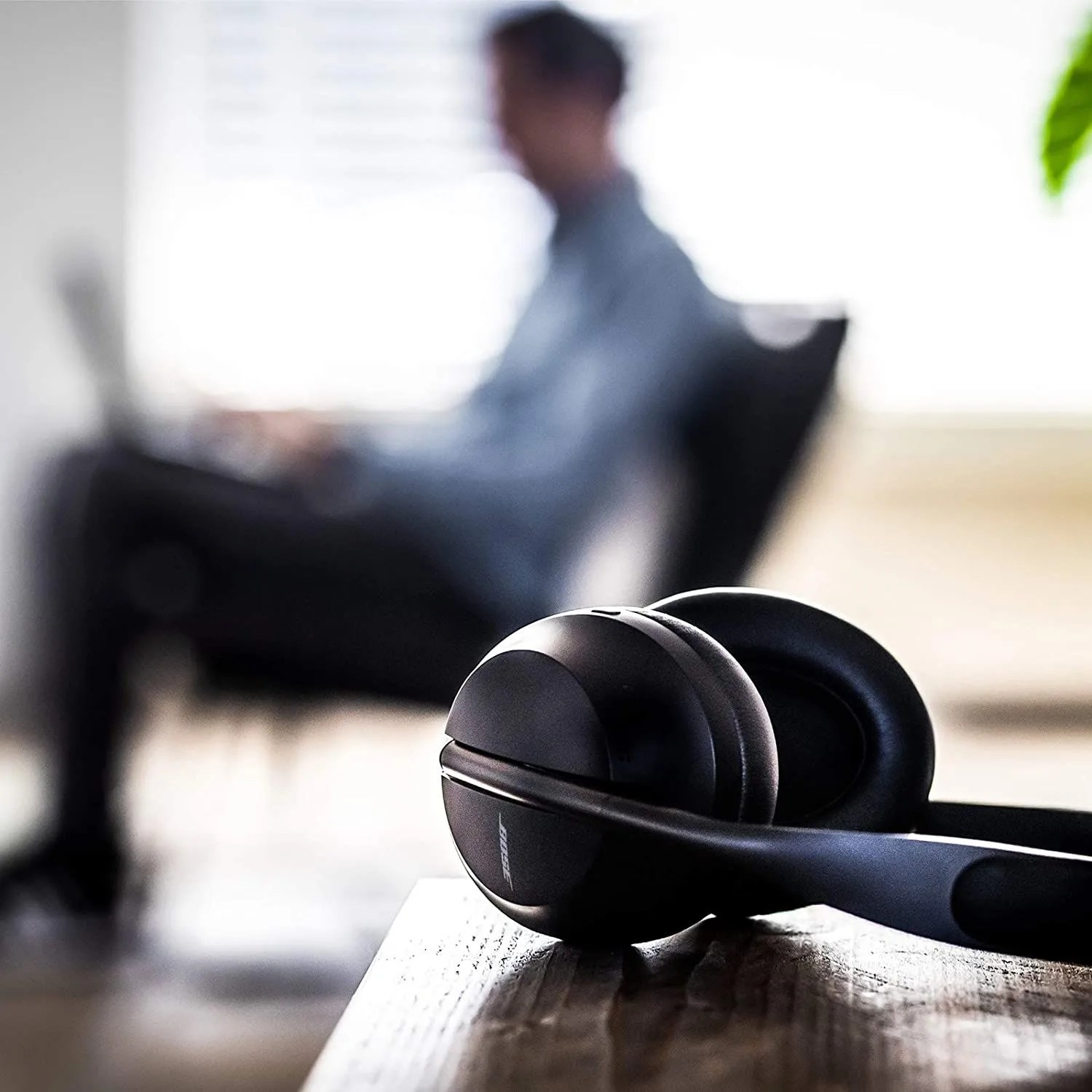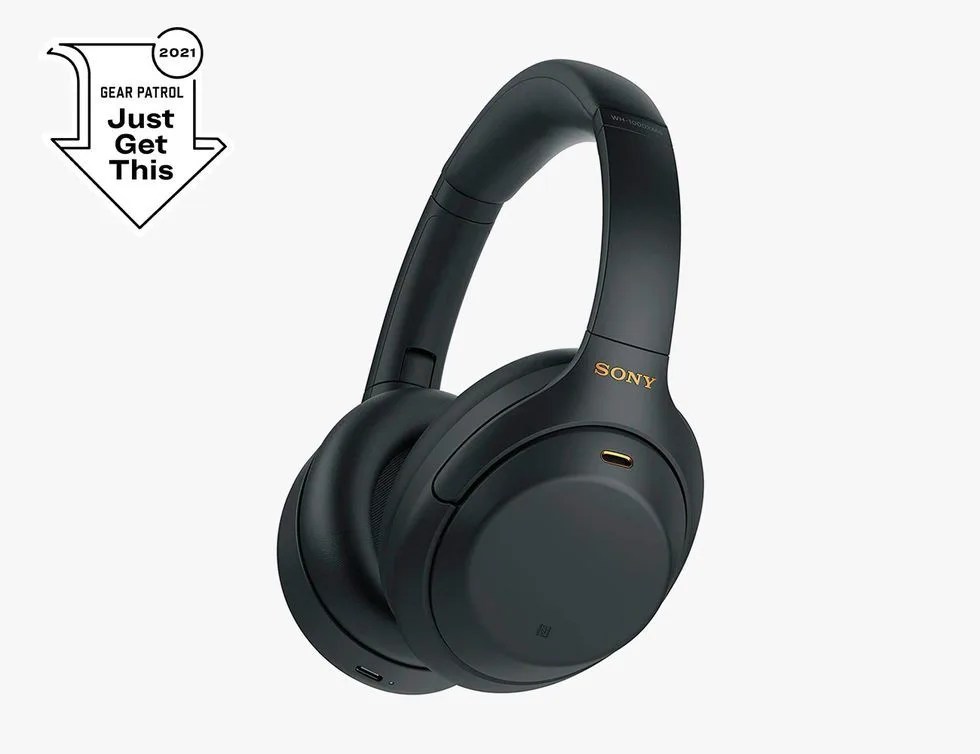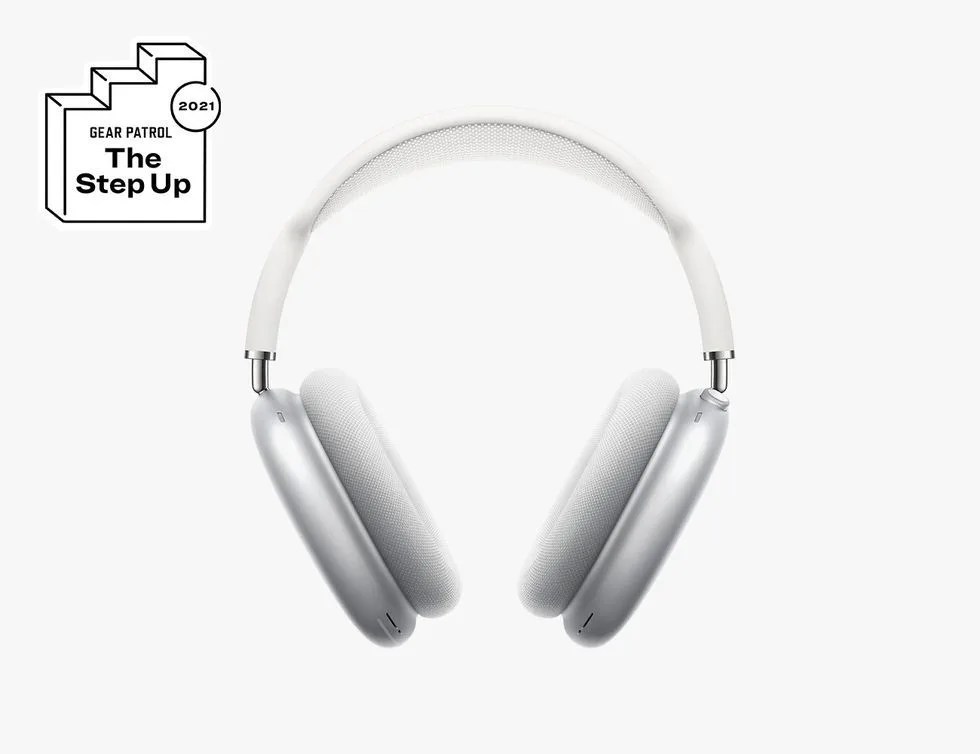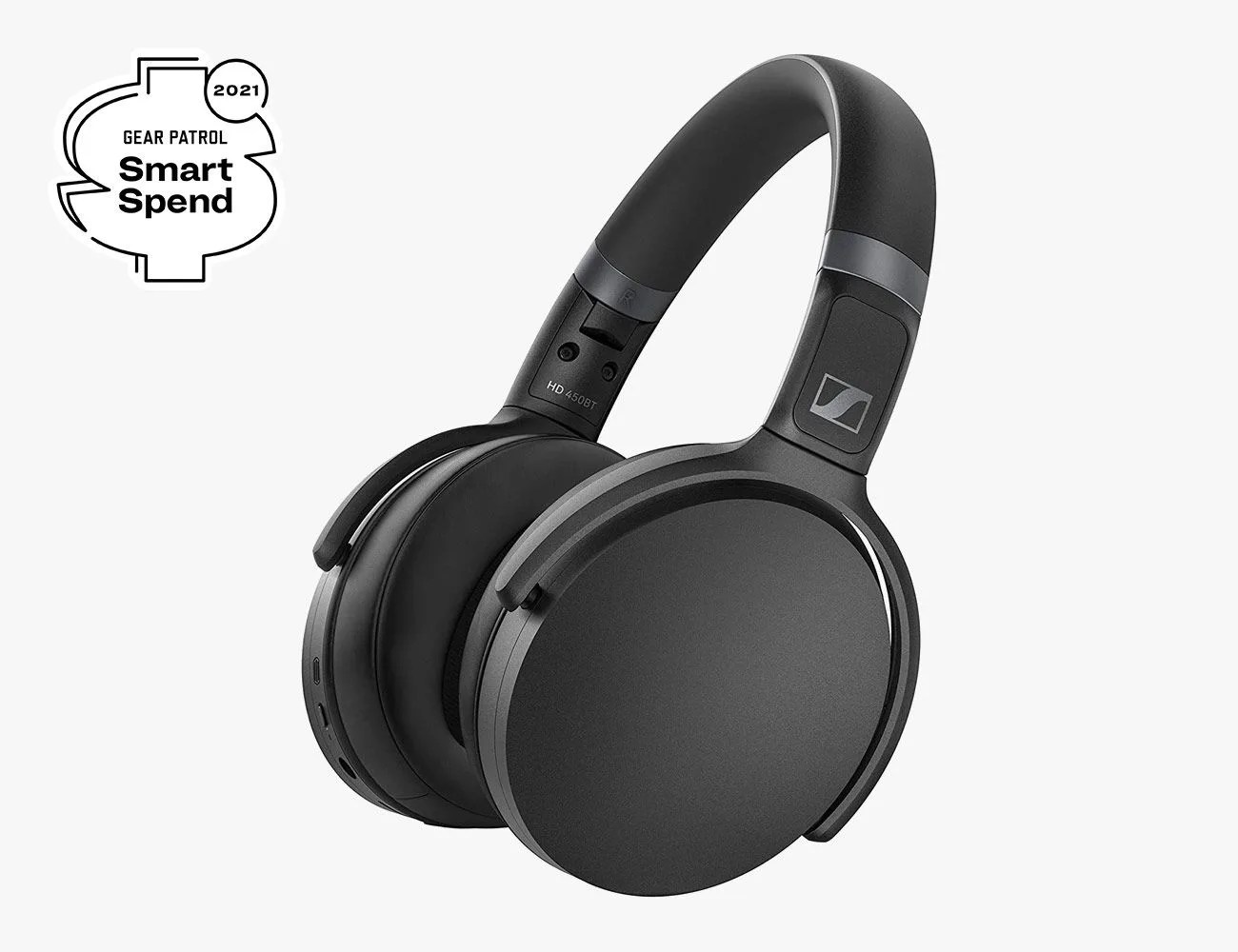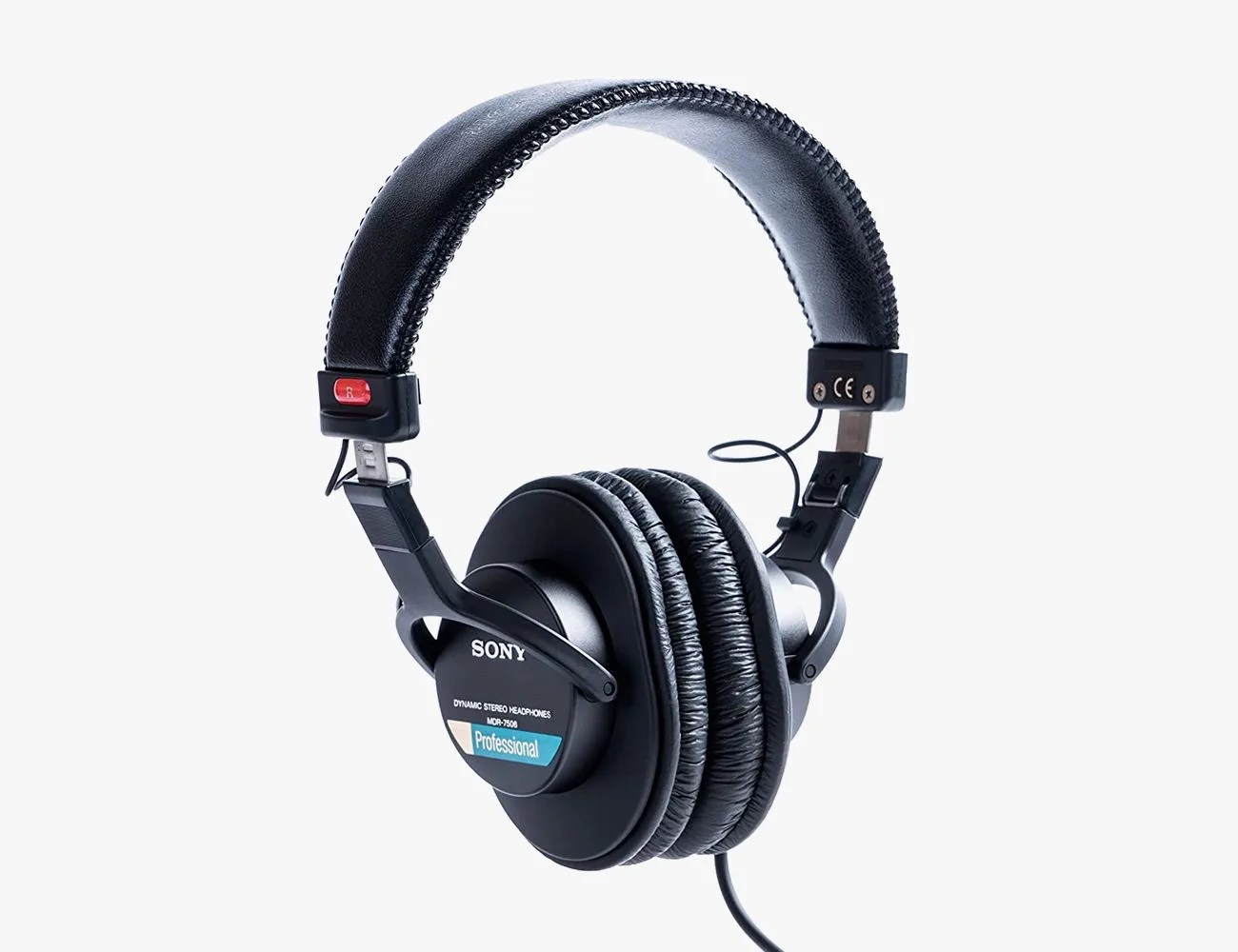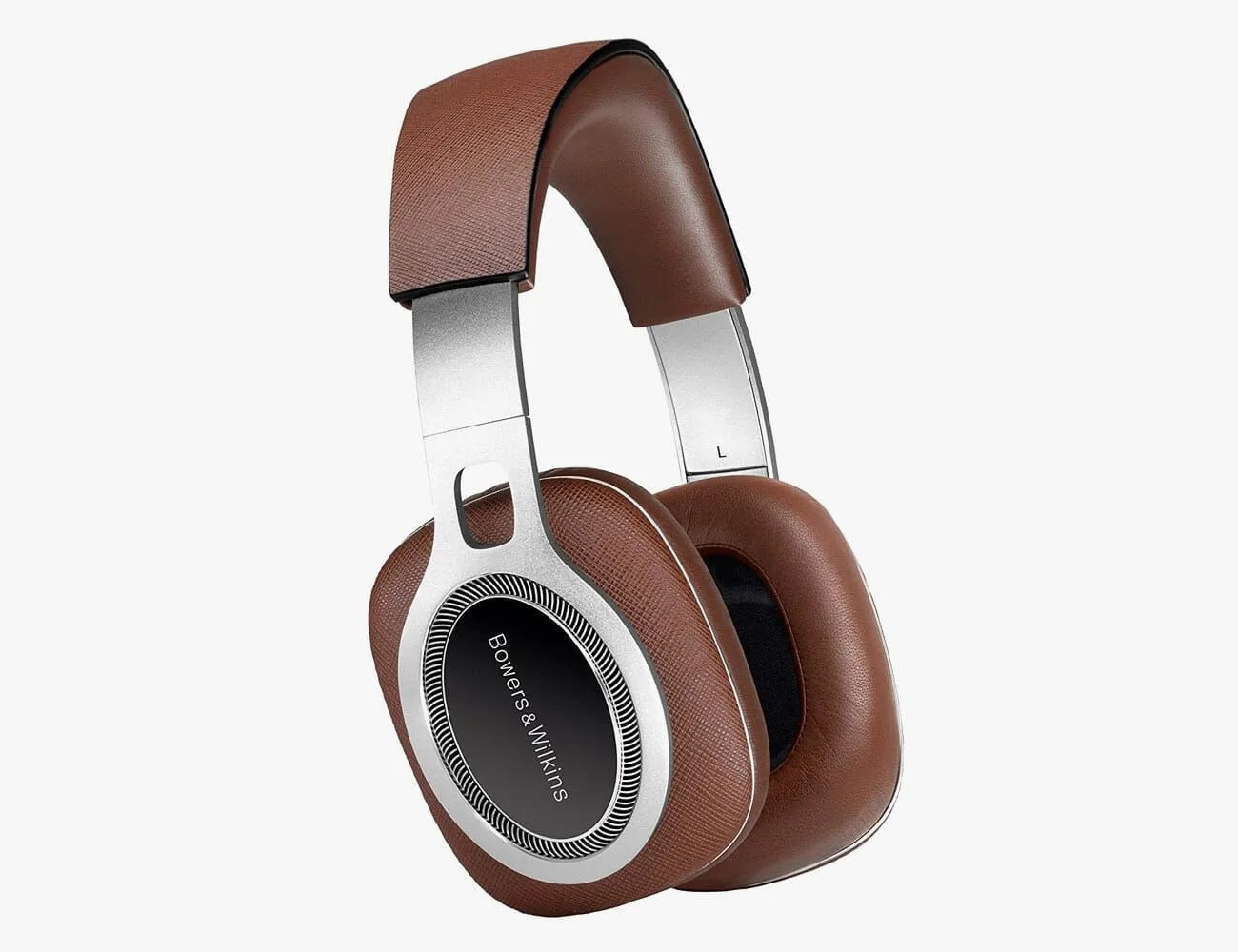It’s 2021 and seemingly every headphone manufacturer offers a pair of noise-canceling headphones. But every headphone that is advertised as having “noise-cancellation” might not be what you’re expecting. This is because there are two different kinds of noise cancellation — active and passive — and they are very different.
What is “active” noise-cancellation?
Active noise-canceling headphones get their name because they have built-in technology that allows them to “actively” seeks out and destroys ambient sounds before they reach your ears. These headphones have miniature microphones in each ear cup that listen to ambient noise frequencies coming from outside the earcups, and they then electronically generate the exact opposite sound frequencies — these are called antiphases — that effectively “cancels” out both sets of sound when the soundwaves physically collide. The result is that you only hear the music. Active means that the headphones have a built-in battery that’s dedicated to powering these noise-canceling microphones.
What is “passive” noise-cancellation?
Passive noise-canceling is a slipperier term that is sometimes used in marketing, but is more accurately referred to as noise-isolating. These headphones use their natural shape and materials to block out ambient sound. Passive noise-canceling headphones don’t have any powered microphones or built-in technology that actively seeks out and destroys ambient frequencies. In fact, they don’t actually have to be powered or have a built-in battery at all. Anything that physically covers your ears, like ear muffs, is able to isolate noise and can be considered to be “passivez’ noise-canceling.
Active or passive noise-cancellation: which is better?
It depends. We generally recommend active noise-canceling for most people because the upsides — being able to hear your music better at lower volumes — generally outweigh the downsides, but ultimately it depends on what you’re using the headphones for.
Active noise-canceling headphones do a better job at blocking out outside sounds, so if they’re great for commuters, travelers and people working in busy office environments. That said, active noise-canceling headphones do have their downsides — the biggest one is that they don’t sound as good with ANC turned on.
In order to effectively cancel out ambient noise-frequencies, active noise-canceling headphones need to add counter frequencies (antiphases), which adds noise and ultimately leads to sound degradation. That is why professionals like DJs, even though they are working in a very noisy environment, might favor passive noise-canceling headphones which won’t muck up what they’re hearing with active cancellation.
The good news is that most active noise-canceling headphones have different modes to turn ANC on or off. This is ideal for when you’re listening to your headphones in quiet environments. If you have any pair of ANC headphones, try toggling the noise-canceling on/off and hear how it affects sound quality.
The other thing to note is that active noise-cancellation doesn’t just effect sound quality, it also has an affect on your ears. When ANC is switched on, it creates soundwaves that create a pressure against your ears. It’s not a painful sensation, but it’s similar to what you’ll feel while driving through a tunnel or ascending to cruise altitude in an airplane. Basically, some people might find this sensation unpleasant, especially when wearing the headphones for an extended period of time.
